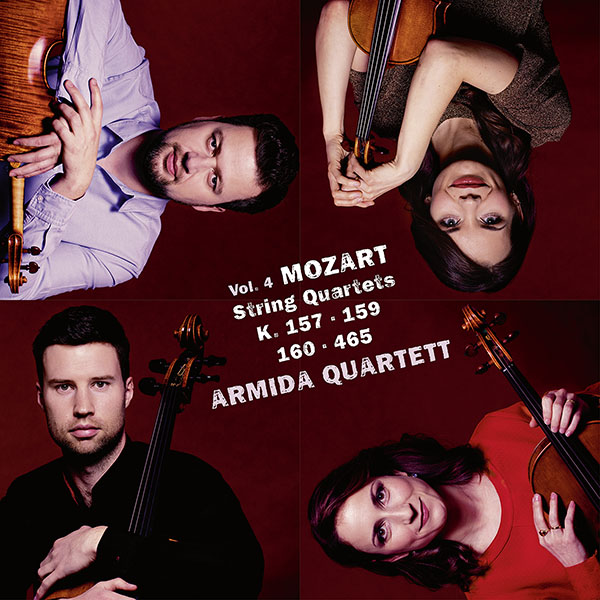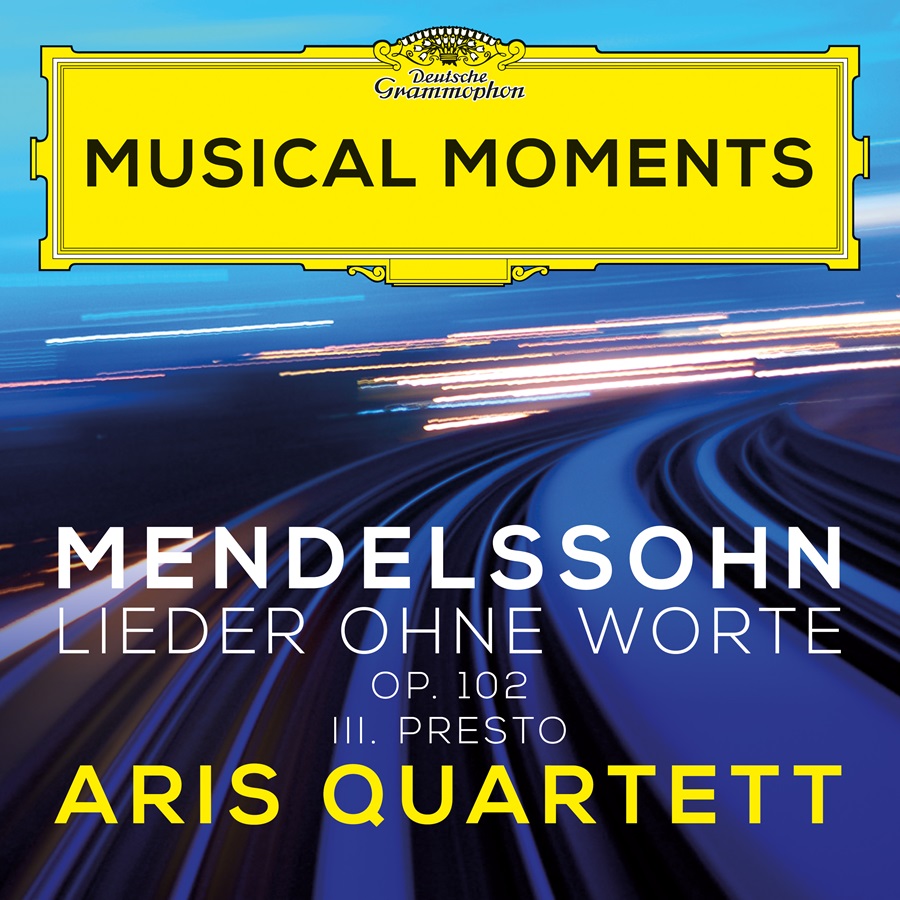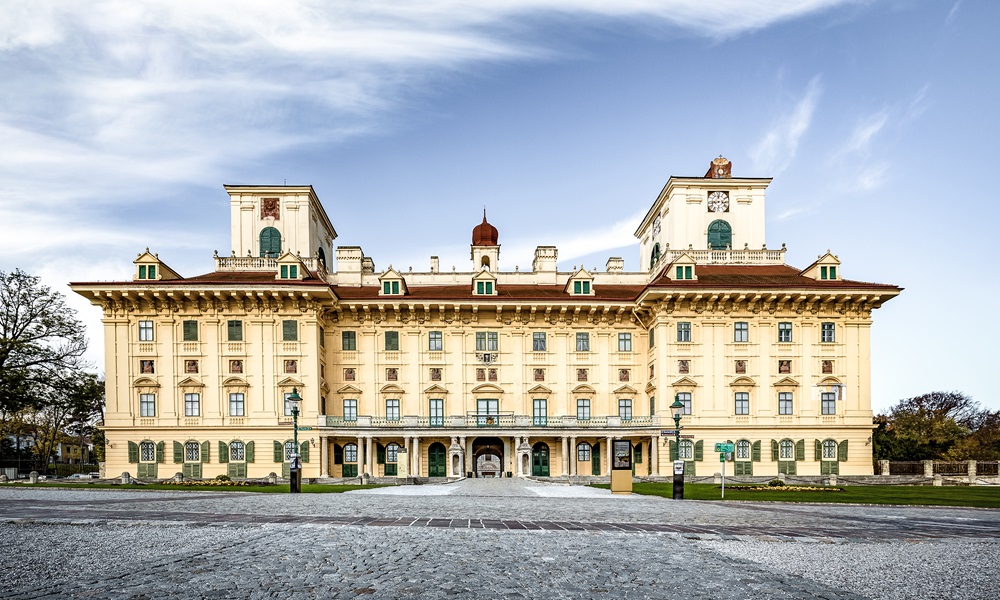
Wherever the divining rod resonates
With Volume 4 of its complete recording of the Mozart string quartets, the Armida Quartet is coming into earshot of the finishing line for its most exceptional recording project to date – exceptional for the reason that while making it, each of the four musicians has meticulously analysed his or her individual part in the autograph manuscript and compared it with previous printed editions. In this way, a new urtext edition in four volumes has come into being alongside the recording, in collaboration with the manuscript expert Wolf-Dieter Seiffert. The Armida Quartet’s CD edition will be completed in the coming April with the concluding Volume 5.
If any proof had still been needed that Mozart and his works continue to hold an unbroken fascination for the younger generation of string quartets even in the 21st century, the Armida Quartet is providing it – and very comprehensively at that: in addition to the ongoing complete recording and the above-mentioned accompanying Henle Edition project, Johanna Staemmler and Martin Funda (violins), Teresa Schwamm (viola) and Peter Philipp Staemmler (cello) have also instigated a Berlin concert series, “Mozart Exploded”, in which the composer’s works enter into a dialogue with contemporary musical styles and other art forms in sometimes unusual locations. And a few weeks ago, the Armida Quartet, which in mid-October gave the world premiere of the work “Madame ma bonne sœur” by contemporary Australian composer Brett Dean at the Oxford Lieder Festival, were the artistic directors of the festival Festspielherbst MecklenburgVorpommern on the Baltic Sea island of Rügen, where they performed not just the work by Dean but, of course, Mozart as well.
Why, several years ago, did these four musicians latch onto Mozart? “When we went through our repertoire with a divining rod, we had the feeling that we sense a very strong resonance with Mozart. You stay where it vibrates. We are totally drawn to Mozart, and for us, a big space opens up in which we discover and find a great deal and can progress the most musically.” The reactions of critics, newspapers and audiences to “Armida Mozart” so far have been effusive, with one superlative following the other: “This is the way the state of the (Moz)-art sounds,” Fono Forum said of Volume 2, while the daily Tagesspiegel, writing about Volume 3, stated that the quartet had “subjected this classic repertoire to live cell therapy” with its
exploration of original sources.
The newly issued Volume 4 of the complete recording includes the famous “Dissonance” quartet (KV 465) combined with the three “Milan” or “Italian” quartets (KV 157, KV 159, KV 160) that were written some 12 years before it.




